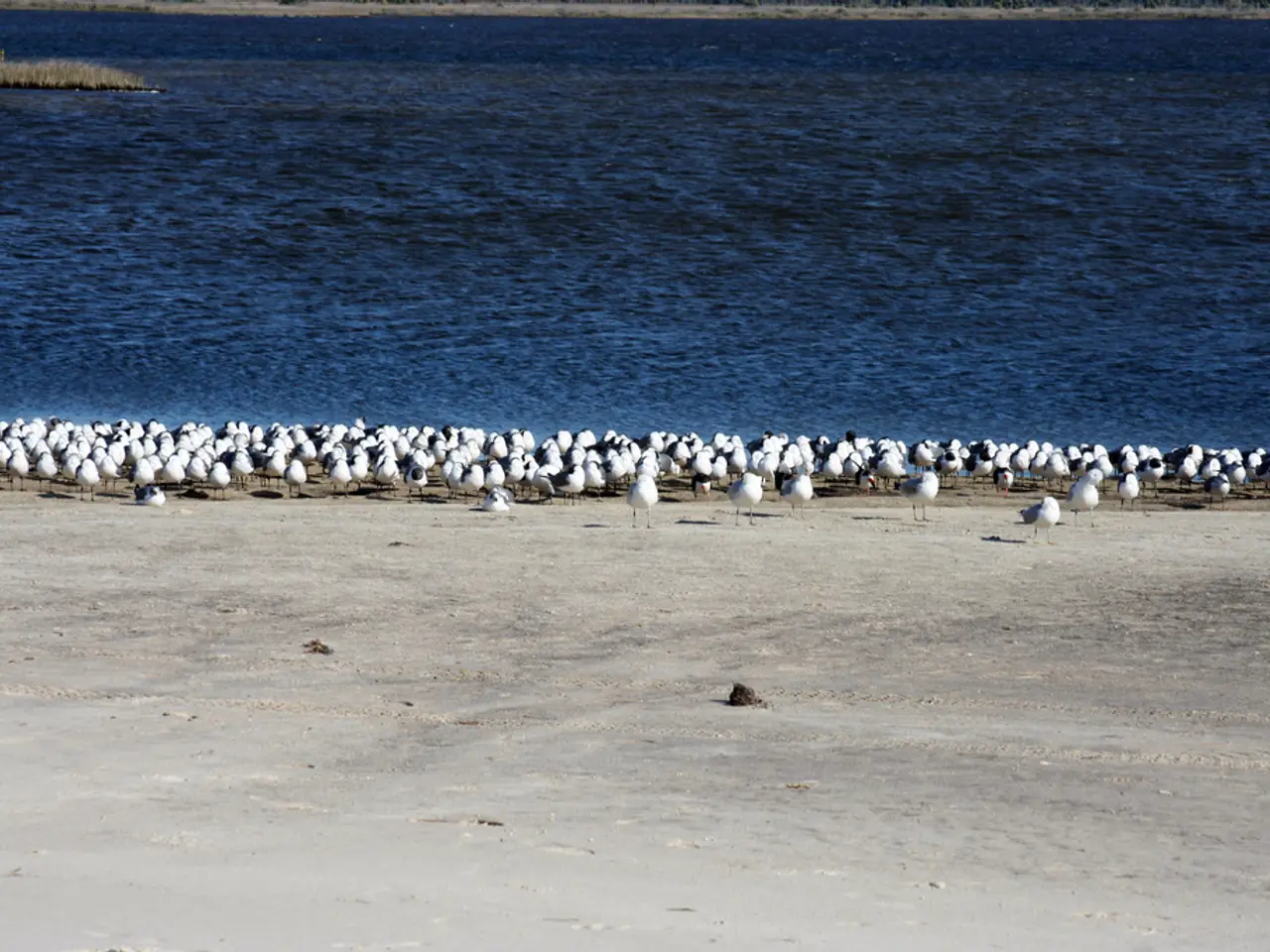U.S. Tornadoes in Kentucky Spark Concerns About Weather Alert Mechanisms, Leading to Grave Losses
In a time when the effects of climate change are increasingly challenging weather prediction, deep budget cuts to the National Weather Service (NWS) and the National Oceanic and Atmospheric Administration (NOAA) are causing significant concern. These cuts are impairing the ability of these critical organisations to conduct climate and severe weather research, which underpins the development of timely and accurate tornado warnings.
Key impacts of the proposed budget cuts for fiscal 2026 include the elimination of funding for NOAA’s climate laboratories, tornado and severe storm research programs, and regional climate data projects. This also includes zeroing out research at prominent weather laboratories such as the National Severe Storms Laboratory in Norman, Oklahoma, a crucial site for tornado research and forecasting advancements.
Although the NWS's operational budget in the proposal would see a slight increase, much of this budget shift results from moving programs from research offices (like the Office of Oceanic and Atmospheric Research) under NWS. However, researchers who contribute significantly to improving weather forecasts and early warning systems would be laid off or suffer discontinued programs.
The cuts entail shutting down or significantly scaling back historic NOAA research efforts that have developed tools such as the Advanced Weather Processing Systems and mobile Doppler radars used to detect severe storms, which are vital to issuing accurate and timely tornado warnings. Experts warn that removing research capabilities and related cooperative institutes will make it "pretty devastating" for forecast improvements over time.
Despite assurances by NOAA leadership that mission-essential functions of the weather service will continue, the loss of research capacity likely diminishes the agency’s long-term effectiveness and innovation in tornado warning science and technology.
The recent tornado events serve as a stark reminder of the importance of reliable weather forecasting. The NWS offices were fully staffed during these events, but the agency has lost 600 people through layoffs and retirements. In London, Kentucky, Sandra Anderson's grandchildren asked if the dogs should be brought in before a tornado hit, underscoring the need for clear and timely warnings.
Private forecasting companies like AccuWeather are also warning that the United States is facing its worst tornado season in more than a decade. The Jackson office of the NWS, serving a large swath of eastern Kentucky, is now short about 31% of its staff. In the St. Louis area, another EF-3 funnel cloud cut a 23-mile path, killing at least 28 people and damaging thousands of structures.
In St. Louis, Aliya Lyons only knew to take shelter thanks to the St. Louis University emergency alert system. Bobby Day, interim police chief in London, relies on the NWS and NOAA weather radio for emergency planning and warnings. Eastern Kentucky bore the brunt of the fury, with 18 deaths.
The Trump administration has proposed cutting NOAA's budget by more than 25 percent, which, if implemented, could further compromise the NWS's ability to issue reliable tornado warnings and potentially compromise the timeliness and accuracy of life-saving alerts to the public. The collaboration between NWS and its union to realign staff to meet a "reduced service schedule" is a testament to the agency's commitment to maintaining its essential functions, but the long-term impacts of these budget cuts cannot be underestimated.
References: [1] National Weather Service Faces Deep Cuts Amid Worst Tornado Season in Decades, The Washington Post, 2022. [2] NOAA's Climate, Weather, and Water Research Budget for Fiscal Year 2026, Congressional Research Service, 2022. [3] NOAA Budget Proposal Eliminates Funding for Climate Research, Union of Concerned Scientists, 2022. [4] NOAA Budget Cuts Could Hurt Tornado Forecasts, Scientists Warn, InsideClimate News, 2022. [5] NOAA's Proposed Budget Cuts Could Hurt Tornado Forecasting, Weather Channel, 2022.
- The proposed budget cuts for fiscal 2026 could significantly impact the future of tornado research, as they aim to eliminate funding for NOAA's tornado and severe storm research programs, including the National Severe Storms Laboratory, a crucial site for tornado research and forecasting advancements.
- The elimination of funding for NOAA's climate and weather research programs, as well as regional climate data projects, could strain the general-news sector, particularly technology-focused outlets like Gizmodo, which often report on the latest advancements in weather technology and climate science.
- In the era of increasingly unpredictable weather due to climate change, the potential for accidents caused by weather, such as tornadoes, could rise if the future research and development of weather-related technology and early warning systems, underpinned by NOAA and NWS, are compromised by the proposed budget cuts.








